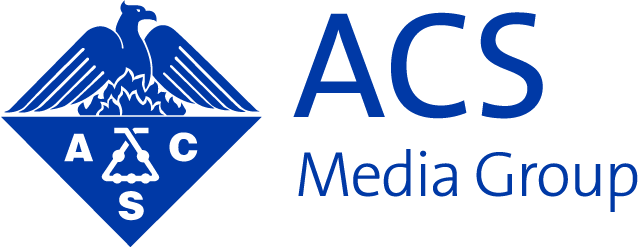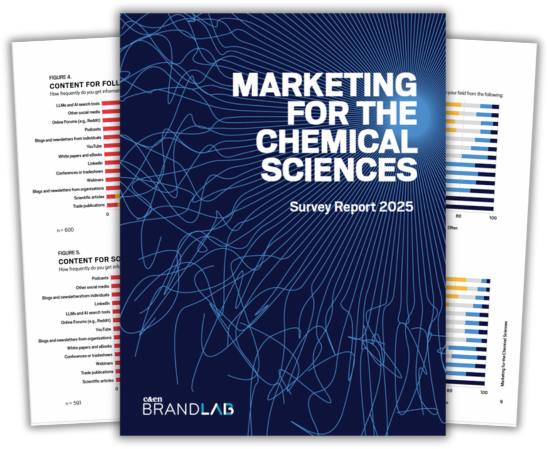Let’s start with a hard truth: most science marketers do not have a content strategy. They may spend a long time “strategizing” about how to fill all their content channels and fulfill requests, but that is not a strategy.
- A content plan is not a strategy.
- A set of values not a strategy.
- A goal is not a strategy.
Strategy is a term that is often misused, even beyond marketing. Take a lesson from Roger Martin, one of the leading thinkers in business strategy. In this video he explains why a plan is not a strategy. Plans are about assembling to-do items and allocating resources to move through your list. While plans keep you busy, a strategy will have a much larger impact.
Most content marketers don’t have a content strategy and instead stick to planning. Everyone works diligently to implement this non-strategy, often leading to lackluster performance. With a good strategy you can allocate your resources to your greatest opportunities to have the maximum effect.
With that said, what is a content strategy?
Content strategy is a coherent set of choices that aligns your content marketing to desired organizational outcomes. It must lay out who your audience is, how you will reach them, and why your content will deliver on your goal versus competitors.
Here are Simplified Examples of Science Content Strategy:
- Acme Chromatography wants to help its sales team improve the conversion rate when selling to pharmaceutical researchers. Acme’s content team will work with their subject matter experts to create application notes focused on pharma-related uses for their columns.
- John Doe aims to grow his biotech consulting business by expanding his network. To achieve this, he posts on LinkedIn daily about biotech news, allowing him to improve his reputation as a thought leader and connect with potential clients.
- Carol’s Chemicals is looking to sell at-home chemistry sets to students and families. The content team will create entertaining chemistry videos for YouTube and TikTok using their equipment and supplies.
These are all content strategies, though they’re not all necessarily “good” content strategies, as we will see. However, one of the advantages of having a strategy is that you can evaluate its success. As Martin described in the video above, every strategy is based on a theory. If that theory is weak, it can be revised through iteration.
If you only have a plan, all you can do is assess whether you’ve finished everything on your to-do list. But did the plan deliver the results you intended? Was it a good or a bad plan? Why did the plan fail? It’s difficult to say.
What is Your Goal?
Content marketing is not about mass producing material to fill every available content channel — this work must be tied to an organizational objective.
“Of course we have a goal — sales!” you may be saying to yourself, but this is a weak goal for several reasons:
- All marketing — and most other activities in business — is meant to increase sales in one way or another. How exactly will this goal drive sales? Tie the goal to something more tangible.
- Many companies do not have the analytics in place to reliably assess how your content impacts sales.
- Even if you do have attribution tracking, it will often bias marketers to focus on bottom-of-funnel materials rather than brand-building content.
Think carefully about picking a goal that fits your strategy. For the Acme Chromatography example above, sales could be a useful goal for their application notes, since it’s tightly connected to sales.
On the other hand, Carol’s goal is sketchy — most people don’t watch entertaining YouTube videos to buy chemistry sets, so it’s unlikely she will see a direct impact on sales in the short term.
Three Cs of Content Strategy: Creator, Consumer, and Competition
The “Three Cs” framework is a business strategy tool that aims to identify products that the consumer wants, the company can provide, and the competition is not offering. For content strategy, we can shift “company” to “creator” and follow the same framework.

Consumer: Who is Your Content for, and What do They Want?
How does your audience get information? What are they interested in? Are you aiming for experts in a specific area or reaching a mass audience? For the Acme Chromatography example above, scientists often want technical information to assess products. Application notes fulfill that need, so there is a strong audience-content fit.
Creator: What Can You Deliver?
Does your team have the skills and resources to execute your content strategy? Does the content format align with your business brand image and go-to-market strategy?
Consider John Doe’s consulting business: consultation contracts often start through networking, so LinkedIn aligns the business model with the content channel. However, John’s strategy sounds time intensive – will he be able to maintain the frequency and quality? He may want to hire someone to execute his strategy.
Competition: Content is Not a Single-Player Game
There is an ongoing war for attention. You are competing with other content creators, not only other content marketers. Liquid Death, arguably the world’s best B2C content marketing company, compares itself to Saturday Night Live or a Netflix comedy special.
While few chemical companies are putting out entertaining YouTube videos, Carol’s content strategy would be competing against other chemistry content creators, such as Chemical Kim, CrunchLabs, NileRed, and more. Carol’s team must find a unique hook or angle to succeed. Maybe Carol has great chemistry puns?
Assessing your competition also helps you understand what content your consumers like. What content types are popular? What is getting the most follows, views, likes, and shares? LinkedIn, Reddit, and Sparktoro are handy for this research.
From Science Content Strategy to Content Planning
Developing a science content marketing strategy is a lot of work. Why bother doing this research and contemplation when we can create whatever content makes sense on a day-by-day basis? This ad hoc approach is like traveling without a map: you might get somewhere interesting, but it is an inefficient method of getting where you want to go.
Does having a strategy mean you can skip planning? No! You will still need to identify what tactics support your new approach and find ways to get the most of your resources. Hopefully this planning will be relatively easy with your strategic focus set.



















